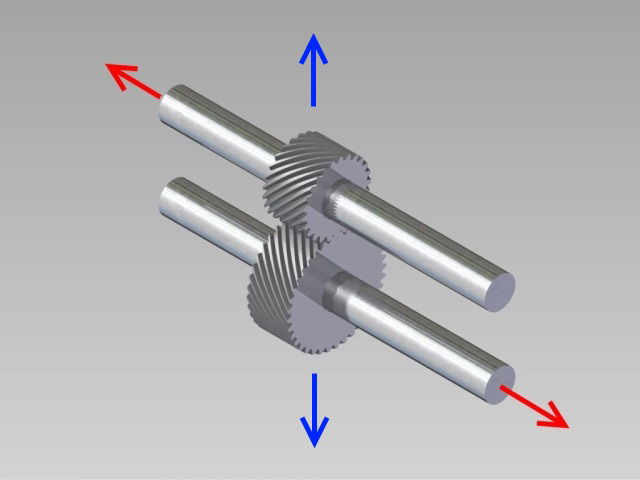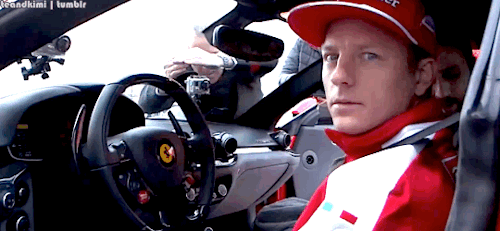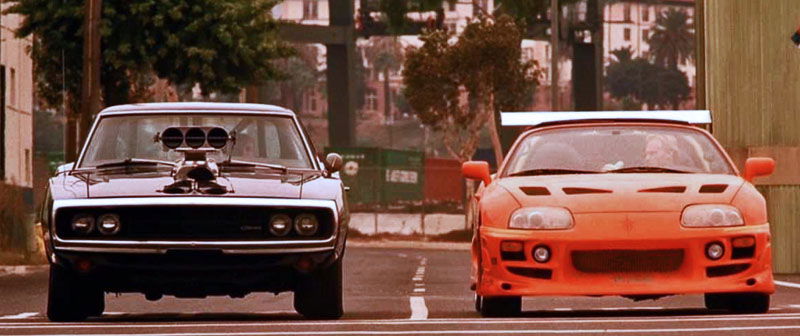Straight-Cut Gears: The Advantages And Disadvantages

Straight-cut gears are an interesting alternative to the conventional gearboxes you and I will know, often found only in race cars. They’re known for their distinctive scream and being quite tricky to master, and realistically, they're something most of us will never have the pleasure of trying out. What exactly are they, though, and why are they so common in motorsport?
What are straight-cut gears?
As the name suggests, the actual teeth of the gears point straight out from the centre point of the gear instead of forming a helical shape like standard gears in almost every other road car on the planet. Instead of the teeth curling nicely in a spiral format around the centre axis of the gear, they protrude outwards; more like the sprocket on a motorbike.
How do they work?
The main advantage of using straight-cut gears is that they produce no axial load. This ‘thrust force’ is generated by the sliding contact between the teeth of helical gears. This lateral force is applied to the input shaft of the gearbox, which in front-wheel drive configurations will then convert through to the driveshafts. This greatly restricts the amount of torque that can be applied through the gears before failures on other components occur.
So, straight-cut gears effectively allow much larger powertrains to be placed in a vehicle without risking the output shafts and other bearings tearing themselves apart, in theory improving the reliability of the transmission itself.

Are there any other advantages and disadvantages?
A straight-cut transmission is inherently more efficient than a helical gearing system. The axial load produced by helical gears only detracts from the output energy from the transmission along with an increase in friction and therefore losses of energy due to heat.
Straight-cut gears are also much easier to assemble and produce less catastrophic failures when they do go wrong due to their simple structure. Heavy-duty transmission casings and shafts have to be used with helical gears for the transmission to cope with the additional axial load, therefore straight-cut gears save heaps of weight which is extremely important in a motorsport setup.

Drawbacks come in the shape of their convenience and operation. They naturally create a hell of a lot of noise; helical gears mesh together in small segments at a time while straight-cut teeth are in contact with each other fully and for a longer period of time which makes for a very distinctive whine. The operation of the gears is also fairly brutal when straight-cut; the gears appear to ‘slam’ into place after each change and can make pulling away smoothly or getting a decent launch difficult.
Technically, on a tooth versus tooth comparison, a helical gear can carry a larger load seeing as it is diagonally positioned on the gear (assuming tooth size is equivalent). This means that it distributes the forces being applied to it much more efficiently compared to a weaker, vertical tooth.
We wouldn’t rush onto eBay to look for a straight-cut gearing conversion for your daily driver, but it’s certainly something to think about if you have a spare track day weapon.
Updated in June 2024 by Ryan Hirons


Comments
well, the main advantage for me is that sound. I think it’s awesome
That sound was so vicious it just about broke into the light spectrum.
Accurate Representation:
https://www.youtube.com/watch?v=t-7mQhSZRgM
I call this bs…i have driven straight cut for years and find it very easy to pull away smoothly and get good launches, all it takes is proper clutch control.
So let me get this straight (see what i did there ;) . Straight Cut gears are for cars with more hp or track cars and they create a lot of noise since they are always “together”. The gears are also like sprockets and have straight teeth. While Helical Gears are the type of gears that usually come on cars standard, they’re quieter and have a little bit of slip? But….. Can you use standard transmissions with cars with 500+ hp? im 13 so take it easy, im really interested in learning about cars so if you are reading this and you know, please reply.
For those of you who don’t understand how gearboxes work!
https://www.youtube.com/watch?v=wCu9W9xNwtI
Pagination